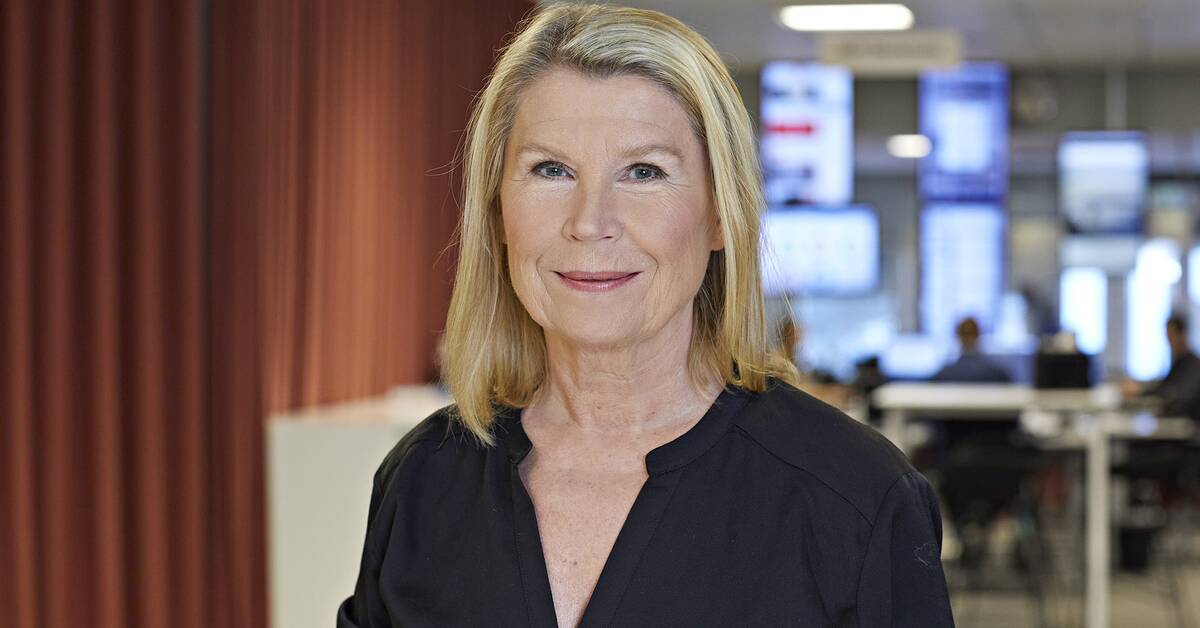All wars are also propaganda wars.
Source criticism is crucial, not least when it comes to images.
As journalists, we are used to examining authenticity.
Who sends out a picture and for what purpose?
What can metadata tell you about when and where a picture was taken?
Then it is our duty to publish to give the truest possible picture of what is happening.
We show pictures of the victims of the war.
But we do it as respectfully as possible and in a context that allows you as a viewer to absorb the images and understand.
For our television broadcasts, there are rules in the Radio and Television Act that we relate to.
Before 19.00, when the risk of children and young people watching is greater, we show special caution in the face of violent content.
We also warn against violent and frightening images - both on TV and when we publish online.
"There are pictures that are too awful to publish"
On social media, on the other hand, there are images that we or other serious media choose not to publish.
Because they cannot be verified with sufficient security or because they are too brutal or extravagant.
Many images of prisoners of war from the war in Ukraine are now being spread on social media.
There is reason to recall the Geneva Convention here.
There is no explicit photo ban, but the convention says that prisoners of war should be treated in a humane way.
It is the practice among established media to be very restrained with images of prisoners of war, as the situation when the photography took place is often very traumatic.
A publication can be defensible in a situation where you can provide a broader context, but it is not a type of image that should be disseminated without very careful consideration.
There are journalists in Ukraine who risk their lives to report.
They are the eyes and ears of the outside world.
There are pictures that are so awful that we can not publish them, at least not right now.
But as far as possible, with the integrity of the victims preserved, it is our duty to show the naked brutality of the war.

